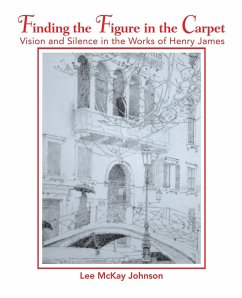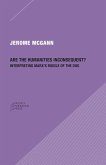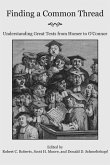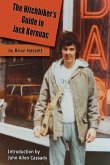In his 1896 short story, "The Figure in the Carpet," James sets forth a riddle for his critical readers as he approaches the major phase in his career. He imagines a fictional novelist, Hugh Vereker, who tantalizes his critics with the idea of a single thread, a design woven throughout all of his major works, hidden in plain sight. The design, Vereker says, is as "obvious as a foot stuck in a shoe" but the distinguished novelist is convinced no one will ever see it. One critic, Corvick, however, during a trip to India, has an astonishing flash of revelation: he sees the figure and the discovery is "immense." When Corvick returns and shares his epiphany with Vereker, the novelist assures him that his discovery is precisely accurate; there is not "a single, wrong note." But Corvick dies in a road accident before he can write his definitive book on Vereker's secret design. My study will show the reader that there is a distinct "figure in the carpet" in the works of Henry James himself. But James only uses the figure in a select group of his major novels and tales, all six of which we will examine here. These major works are all experimental and radical and show James allowing himself the artistic freedom to follow his own arcane and personal path. The pattern is fully manifested in The Turn of the Screw in 1897 and remains the consistent thread all the way through the Master's final completed novel, The Golden Bowl, in 1904. I began writing about the relation of writing to painting and how James translates structural aspects of the silent art of painting into prose. James borrows both silence and simultaneity from the painter, his "brother of the brush," and experiments with their narrative equivalents. I saw with increasing clarity that James' admiration of the powers of painting led him into depicting nonverbal aspects of consciousness in language. Finally I saw the whole system lock into place; everything fit. The figure in the carpet was revealed as visible silence. With only a minute adjustment of focus I suddenly saw that James' narrative pictorial structure that I had been tracing all these years constitutes "the figure in the carpet" itself. The pictorial pattern literally '"governs every line," and "chooses every word.." James brings the reader into the full consciousness of his character by taking us into the silent radiation of the visible. As readers we experience the silence before language, the silence between words, and the silence after language. In this book I will show my reader how "the figure in the carpet" operates as the controlling design in "every square inch of text" in each of James' most famous novels and tales.








